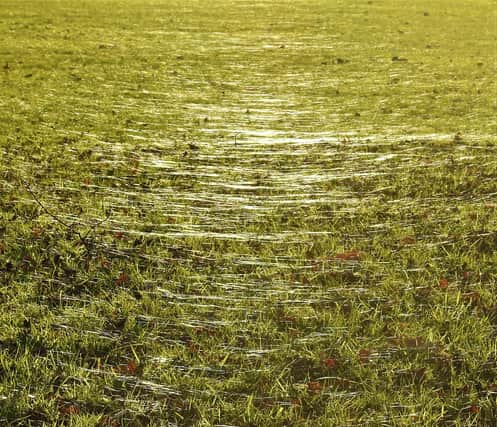Spiders carpet the grassland at Chatsworth, says Sheffield wildlife expert


I suspect this effect was created by a small spider called a ‘grass spider’, perhaps tibellus oblongus.
This is a cousin of the common ‘wolf spiders’ and are up to about 10mm in body length.
Advertisement
Hide AdAdvertisement
Hide AdThey are to be found across the UK, but most frequently in southern England.


They are seen all year round, but are most obvious from May to September or October, and later in mild years such as 2020.
Their preferred habitat is among tall grasses and these creatures are found in grassland on coastal dunes and also at inland sites such as in damp fields and meadows.
Here they spin their sheet webs over the low grassland in order to trap their prey which is made up of mostly small invertebrates.
Advertisement
Hide AdAdvertisement
Hide AdTheir fine-netted webs have a tighter tube of spun silk connected to the sheet and the spiders sit in wait at the end of this.
Just how many spiders might have been responsible for the webbing at Chatsworth I could only guess at, but I imagine there were many thousands at the very least.
The spider’s scientific name is ‘oblongus’.
This describes the animal’s elongate body shape; males and females being similar, but the former are slimmer.
This body-shape and their pale straw colouration help camouflage them in long dry grass habitats and at rest they take up a stretched-out posture.
Advertisement
Hide AdAdvertisement
Hide AdDuring the early autumn, spiders are particularly abundant and with damp, foggy weather or heavy dew, their webs are especially noticeable.
In gardens and on hedgerow shrubs, both orb-webs and sheet webs can be very pronounced.
Similarly around windows in garden sheds and in houses, a host of spiders make a final effort to catch prey as the weather cools and winter drawn closer.
Not pleasing to everyone, a touch of winter chill will send a range of sometimes larger spiders scuttling into our homes.